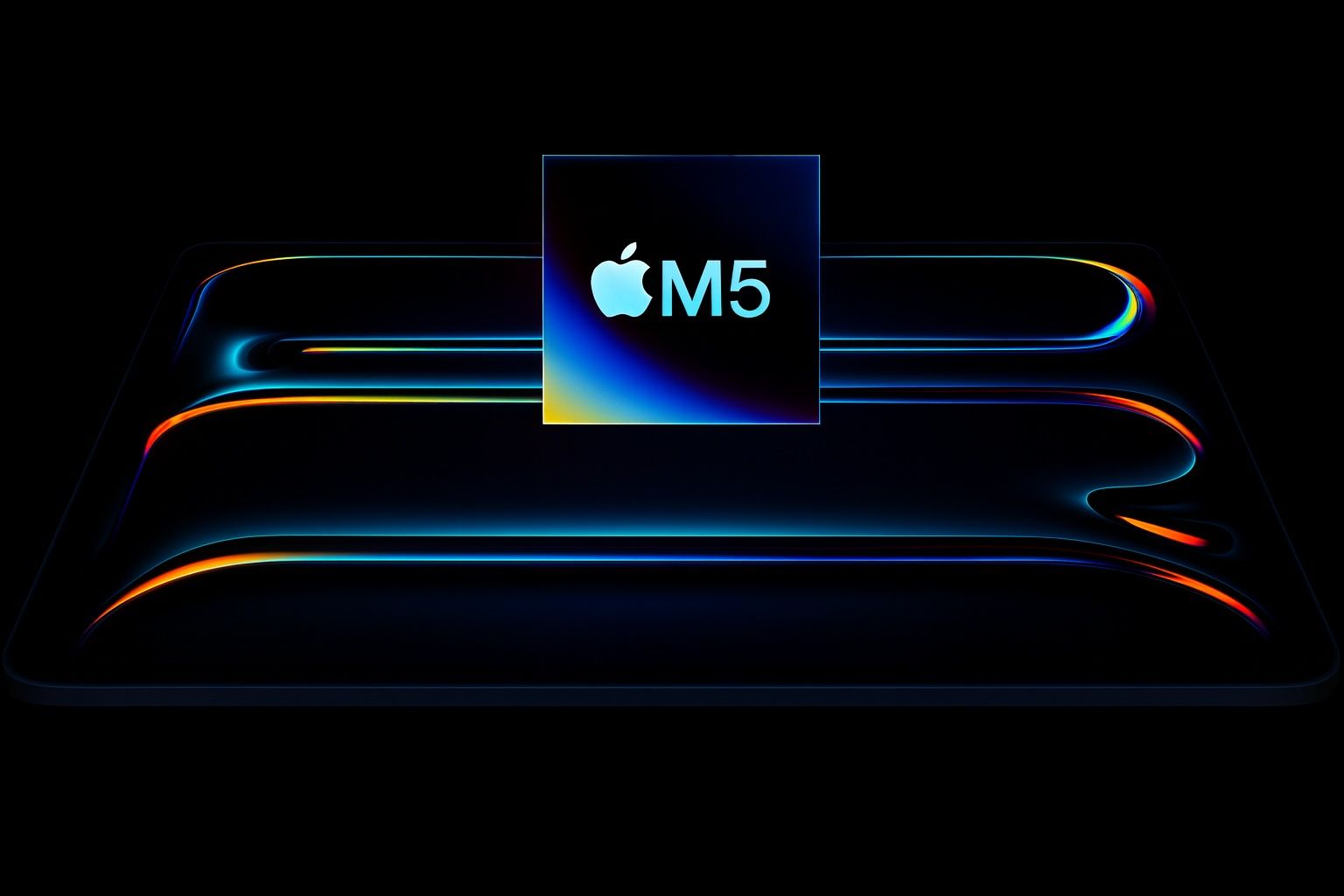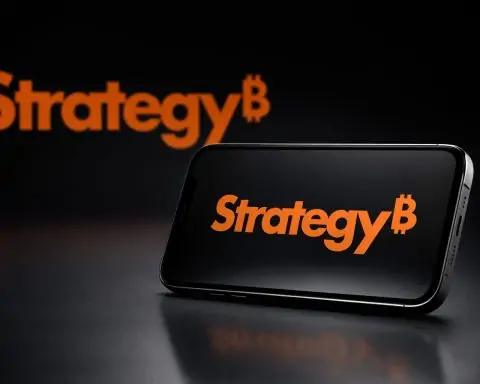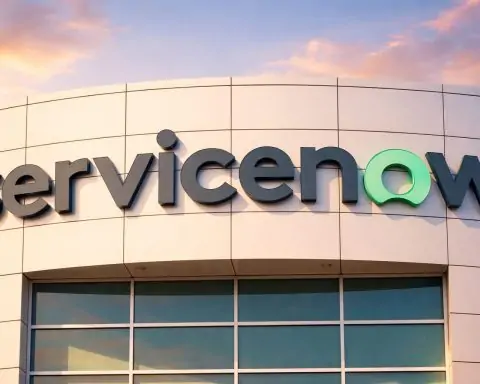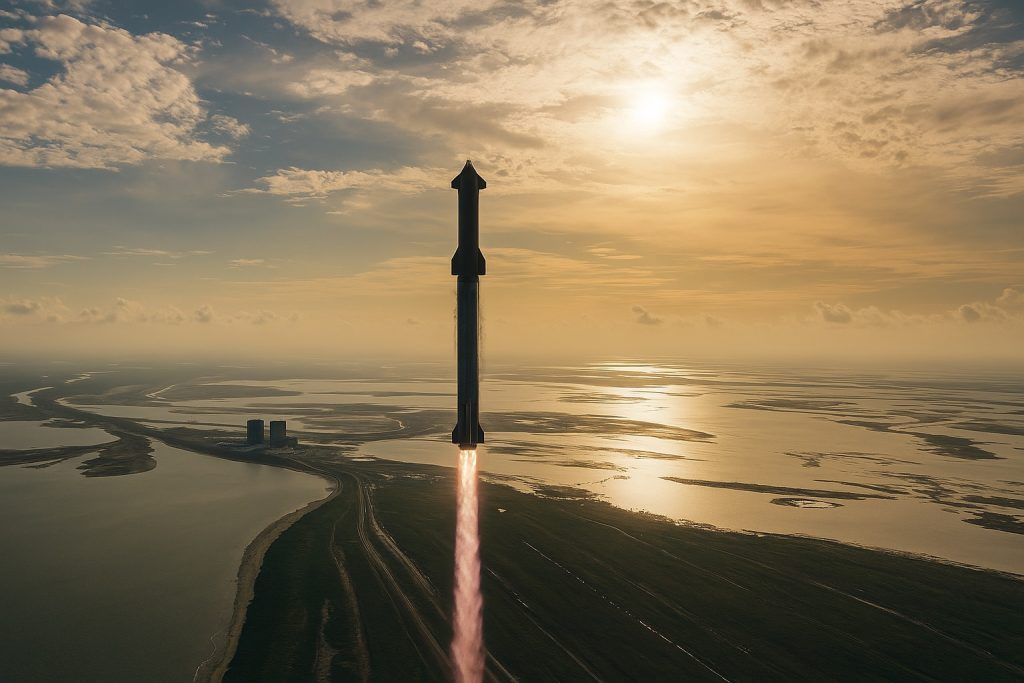- New M5 Chip Launched: On Oct. 15, Apple announced its most powerful processor yet – the M5 – powering a revamped 14″ MacBook Pro, a new iPad Pro, and an updated Vision Pro headset [1] [2]. All three devices will be available for pre-order immediately and ship on Oct. 22 (MacBook Pro starts at $1,599; iPad Pro at $999; Vision Pro at $3,499 [3] [4]).
- Massive Performance Boost: Apple says the M5 delivers 4× the peak GPU AI performance of the prior M4 chip [5] (with 45% faster graphics and 15% faster CPU performance) and includes a 16-core Neural Engine. Its 3-nanometer design and “Neural Accelerators” in each GPU core make AI tasks run dramatically faster [6] [7]. Apple SVP Johny Srouji called it “the next big leap in AI performance” for Apple silicon [8].
- AI Features and On-Device ML: Apple highlights that M5’s 153 GB/s unified memory lets the MacBook Pro and iPad Pro run “larger AI models completely on device” [9]. This means advanced AI workloads (like on-device language models, image editing or Apple’s new “Image Playground” tool) are much faster and more efficient [10] [11]. In fact, the new MacBook Pro can even run large language models locally [12].
- Analysts Weigh In: Industry pundits praise the upgrades. Renowned Apple analyst Ming-Chi Kuo wrote that the M5 is “the most important hardware upgrade” for the Vision Pro headset [13]. After the announcement, Apple’s stock ticked up (~+0.6%) on Oct. 15 [14]. Wall Street shows cautious optimism: BofA reiterated a Buy on AAPL with a $270 target [15], while Wedbush’s Daniel Ives has a bold $310 target for 2026 [16]. (TipRanks notes a consensus “Moderate Buy” rating and ~$255 average price target [17].)
Apple’s M5 Chip and Product Announcements
On October 15, Apple officially announced the M5 chip, a next-generation system-on-a-chip designed specifically for AI and graphics, and introduced new hardware that uses it [18] [19]. The launch came via press releases (no public keynote) – just as industry leaks and insiders had predicted [20]. The first M5-powered device is a 14-inch MacBook Pro (base model) starting at $1,599, which goes on sale Oct. 22 [21] [22]. Apple also updated the iPad Pro (11″ and 13″ OLED models) with the M5 chip (these start at $999) and released a second-generation Apple Vision Pro headset with M5 (still $3,499) [23] [24]. All three devices can be pre-ordered immediately.
According to Reuters, Apple’s strategy is to debut its most advanced chip in the Pro/ high-end products first. Embedding M5 across the MacBook Pro, iPad Pro and Vision Pro means “Apple is countering performance gains from rivals using Qualcomm and Intel’s latest AI-oriented chips,” as the report notes [25]. Prices for these models did not increase despite the big upgrade – e.g. the new MacBook Pro still starts at $1,599 [26]. (That’s unchanged from the previous M4-based model.) Apple CEO Tim Cook did not stage a big event for these updates; insiders like Bloomberg’s Mark Gurman had expected a quiet Newsroom release and brief videos instead [27], which turned out to be accurate.
M5 Chip: AI and Performance Leap
Apple says the M5 brings dramatic boosts especially for AI-driven tasks. The chip is built on a 3-nanometer process and features a next-generation 10-core GPU with a dedicated Neural Accelerator in each core. In total, Apple boasts “over 4× the peak GPU compute performance” for AI workloads compared to the last-generation M4 chip [28]. Graphics performance is also significantly higher – up to 45% faster with its new ray-tracing engine [29]. Meanwhile, the M5’s 10-core CPU (6 efficiency + 4 performance cores) is roughly 15% faster in multi-threaded tasks than M4, giving the whole system a speed bump [30] [31].
Apple’s hardware chief, Johny Srouji, touted these gains: “M5 ushers in the next big leap in AI performance for Apple silicon,” he said. “With the introduction of Neural Accelerators in the GPU, M5 delivers a huge boost to AI workloads.” [32] [33] In short, Apple argues the M5 can now run sophisticated AI models entirely on-device. As Reuters notes, the new MacBook Pro “can run large language models on the device,” which was not practical on earlier chips [34]. This on-device AI push is underpinned by M5’s 153 GB/s unified memory bandwidth (a 30% jump over M4 [35]), allowing apps to load and process much more data in memory. Apple explicitly highlights that “the entire chip [can] access a large single pool of memory”, which lets it run “larger AI models completely on device” [36].
In addition, the M5’s 16-core Neural Engine further accelerates AI features. Apple says on-device tools like its new Image Playground™ (which generates avatars and scenes) and broader Apple Intelligence™ features run “with greater speed and efficiency” [37]. The press release adds that developers using Apple’s new Foundation Models framework (for creating generative AI apps on iPhone/Mac) will see faster performance on M5 hardware [38]. In short, Apple is signaling that M5 lays the groundwork for its future AI plans – enabling more Siri/AI functionality without needing cloud servers.
New Devices in Detail: MacBook Pro, iPad Pro, Vision Pro
The immediate beneficiaries of M5 are these premium devices. The 14-inch MacBook Pro (new base model) packs the chip with upgraded graphics. TechCrunch reports its graphics performance is up to 1.6× better than the previous M4-based model, and memory bandwidth is bumped to 153 GB/s [39]. It retains a long battery life (up to 24 hours), the same as before [40]. The price remains $1,599 and it comes in the familiar space black or silver finishes [41].
The iPad Pro update is also notable. Apple says the M5-equipped iPad Pro delivers “up to 3.5× the AI performance” of last year’s model, and up to 5.6× the performance of the original M1 iPad Pro [42]. In addition to the chip, the new iPad Pro gains a faster cellular modem (up to 50% faster data via Apple’s C1X modem) and a new N1 wireless chip for better Wi-Fi/BT. Storage and charging speeds are improved too. The 11″ model starts at $999 and the 13″ at $1,299 [43]. Apple seems to be positioning the iPad Pro more like a laptop replacement, especially with these AI/graphics gains and the new iPadOS 26 features (windowed apps, improved multitasking).
Finally, Apple announced the Vision Pro (mixed-reality headset) refresh. This Vision Pro 2 simply swaps in the M5 for the original’s M2 chip. As a result, display rendering is 10% crisper and the refresh rate now goes up to 120 Hz (vs 100 Hz before), improving motion smoothness [44]. Machine-learning features run about 50% faster, and battery life is slightly longer (now ~2.5 hr regular use, ~3 hr video playback) [45]. The $3,499 price is unchanged, but Apple did add a more comfortable Dual Knit Band strap in small/medium/large sizes [46]. (Vision Pro sales have been modest so far, but Apple’s executives continue to back it as a long-term product [47].)
Market Reaction and Stock Forecast
Investors have so far viewed the news positively but cautiously. Apple’s share price ticked up on the day of the announcement. For example, Benzinga notes that “Apple’s shares climbed 0.63% on Wednesday” (Oct. 15) [48]. (According to market data, AAPL closed around $249.34 on Oct. 15, roughly flat on the year [49].) In the absence of big surprises, the stock held steady near its recent highs. Analysts say Apple now trades above its 50- and 200-day moving averages (a bullish technical sign), but its rich valuation (P/E near 38) means “upside is modest” unless new catalysts emerge [50].
Looking ahead, Wall Street’s consensus remains moderately bullish. TipRanks reports a “Moderate Buy” consensus on Apple, with an average 12-month price target of about $255 [51] (roughly 2% above current). Some analysts are more optimistic: for instance, Wedbush’s Daniel Ives recently raised his 2026 price target to $310, citing strong early demand for Apple’s products [52]. Bank of America (BofA) has reiterated a Buy rating with a $270 target [53]. Even Apple insurer Greenblatt’s valuation model might suggest upside, given Apple’s massive cash flows and AI push.
Putting these in context, remember that Apple traded around $254 in late September 2025 [54] (just before the M5 news), so a target above $270 implies mid-single-digit upside. Some bears point out that Apple’s stock has only gained a couple of percent in 2025, lagging other tech names. For example, Nvidia and Microsoft are up ~30-35% on the year [55], far outpacing Apple’s ~+2%. But Apple investors argue the company’s AI and services strategy (including on-device AI, Siri enhancements and its massive installed base) offers a long runway.
In the near term, the key will be whether the M5-powered devices spur a lift in Mac and iPad sales during the holiday season. Apple’s latest quarterly guidance was upbeat (projecting mid- to high-single-digit revenue growth [56]), and management has predicted iPhone revenue and other categories will improve with broader AI features. Analysts like Morgan Stanley’s Erik Woodring have noted Apple’s huge upgrade base in iPhones and Mac, suggesting a “supercycle” if consumers embrace the AI enhancements [57]. Ming-Chi Kuo also chimed in from the Vision Pro angle, writing that he was correct to call the M5 “the most important hardware upgrade in the new Vision Pro” [58] – implying the chip could help Apple gain traction in mixed reality if prices eventually come down.
Sources: Official Apple newsroom and BusinessWire releases [59] [60], major outlets (Reuters, TechCrunch, Yahoo Finance), and financial commentary (Investing.com, Benzinga, TipRanks, TS2.Tech) were used to compile this report. Quoted analysts include Johny Srouji of Apple [61] and Ming-Chi Kuo (TF Securities) [62], among others. Financial data and forecasts are from recent analyst notes and market data [63] [64]. All information is current as of mid-October 2025.
References
1. www.reuters.com, 2. www.nasdaq.com, 3. www.reuters.com, 4. techcrunch.com, 5. www.nasdaq.com, 6. www.nasdaq.com, 7. www.tipranks.com, 8. www.nasdaq.com, 9. www.nasdaq.com, 10. www.reuters.com, 11. www.nasdaq.com, 12. www.reuters.com, 13. www.benzinga.com, 14. www.benzinga.com, 15. ca.investing.com, 16. ts2.tech, 17. www.tipranks.com, 18. www.reuters.com, 19. www.nasdaq.com, 20. ts2.tech, 21. www.reuters.com, 22. www.reuters.com, 23. www.reuters.com, 24. www.benzinga.com, 25. www.reuters.com, 26. www.reuters.com, 27. ts2.tech, 28. www.nasdaq.com, 29. www.nasdaq.com, 30. www.nasdaq.com, 31. www.tipranks.com, 32. www.nasdaq.com, 33. www.tipranks.com, 34. www.reuters.com, 35. www.nasdaq.com, 36. www.nasdaq.com, 37. www.nasdaq.com, 38. www.nasdaq.com, 39. techcrunch.com, 40. techcrunch.com, 41. techcrunch.com, 42. techcrunch.com, 43. techcrunch.com, 44. techcrunch.com, 45. techcrunch.com, 46. techcrunch.com, 47. www.benzinga.com, 48. www.benzinga.com, 49. stockanalysis.com, 50. ts2.tech, 51. www.tipranks.com, 52. ts2.tech, 53. ca.investing.com, 54. ts2.tech, 55. ts2.tech, 56. www.reuters.com, 57. www.reuters.com, 58. www.benzinga.com, 59. www.nasdaq.com, 60. www.nasdaq.com, 61. www.nasdaq.com, 62. www.benzinga.com, 63. ca.investing.com, 64. ts2.tech







